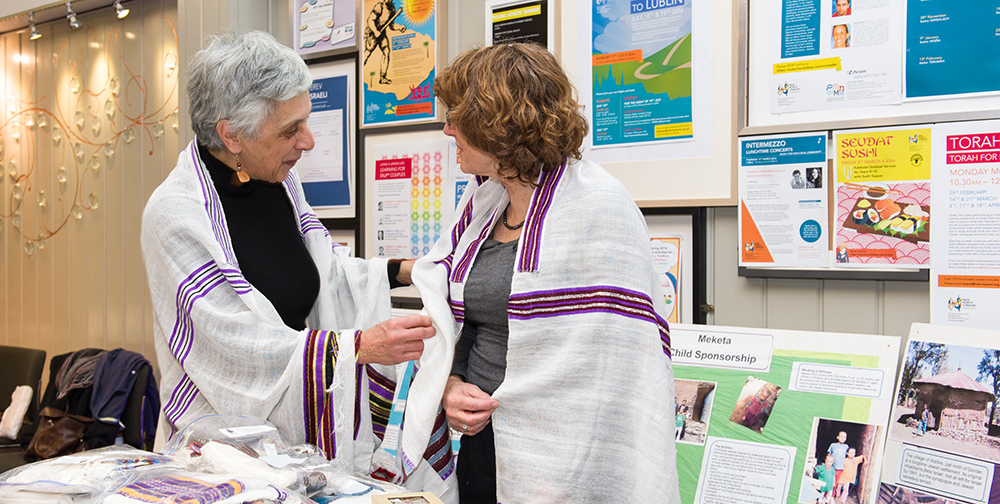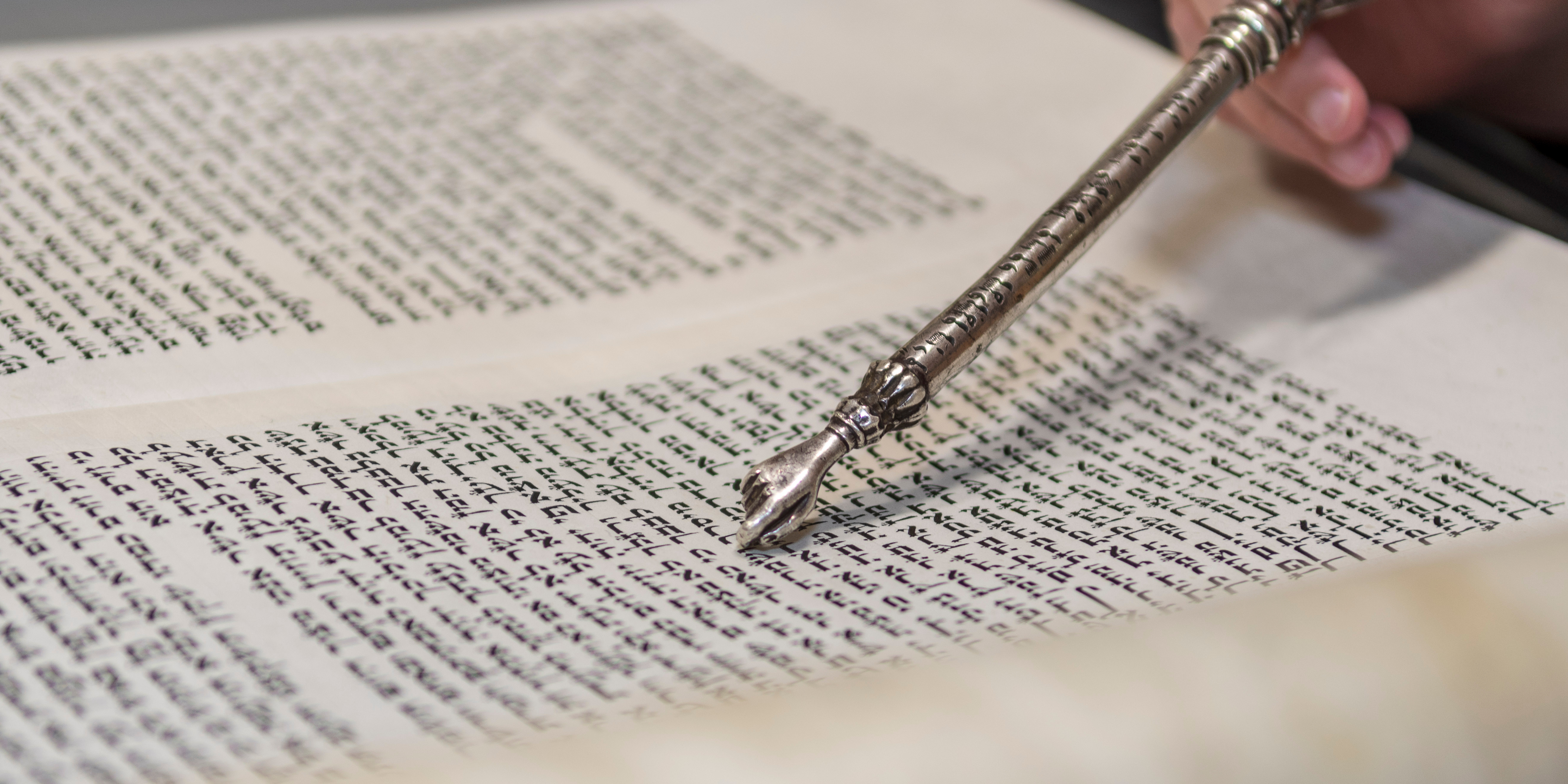Tu B’Av – Festival of Love

Of the festivals and special days that we mark during the year, the 15th of Av has become known as the Holiday of Love. Many a bride and groom seek to hold their wedding on this date, and married couples celebrate it with romance. What is the source of Tu B’av as a holiday of love, and what is its connection to the Song of Songs.
We first learn of this special date in Tractate Ta’anit:
Rabban Shimon ben Gamaliel said: There were no better days for Israel than the Fifteenth of Av and the Day of Atonement, when the daughters of Jerusalem would go out wearing white garments-borrowed so as not to embarrass those who did not have…
“On the day of his wedding”-that is the Giving of the Torah. “On the day of the gladness of his heart”-that is the building of the Temple-may it be built speedily in our days. Amen. (Ta’anit 4:8)
Rabban Shimon ben Gamaliel, described the Fifteenth of Av in the Babylonian Talmud:
“The daughters of Israel went out to dance in the vineyards.” A rabbi (tanna) taught: He who sought a partner went there. The ones with breeding said, “Lift up your eyes, young man, and see what you will choose.” The rabbis (tannaim) taught: The beautiful ones would say, “Choose beauty, for that is what woman was created for.” The ones of good families would say, “Family is everything, for woman was created to bring forth sons.” The unattractive among them would say, “Make your selections only for the glory of Heaven, but provide liberally for us.” (Babylonian Talmud, Ta’anit 31a).
The verse from Song of Songs is mentioned in Tractate Ta’anit in connection with the vineyard festivities: “Go forth, daughters of Zion, and gaze upon King Solomon, even upon the crown wherewith his mother has crowned him on his wedding day, and in the day of the gladness of his heart.” (Song of Songs 3:11). ?The words: “Go forth (tze’ena), daughters of Zion…” mirror the Mishna’s description “And the daughters of Israel went out (yotzo’ot);” the words “and see” recall the text of the Mishna, “Lift up your eyes, young man, and see…;” and Solomon’s wedding serves as an inspiration for the entire event, which has marriage as its clear purpose. The primary subject of the verse, therefore, is a human bride and groom.
Song of Songs as an Anthology of Wedding Songs
One ought to mention here an approach among Biblical scholars which asserts that the book is indeed a collection of nuptial songs, recited before the bridegroom and bride during the week of the festivities. In support of this view, they note that the dialogue in Song of Songs is suitable to an appearance before an audience, and the numerous repetitions, which are likewise suitable to folk song.
An intense opposition to the use of Song of Songs at weddings, is expressed by Rabbi Akiva in the Tosefta:
Rabbi Akiva said: “One who raises his voice in the Song of Songs in the banquet house and makes it into a kind of [secular] song has no portion in the World to Come.” (Tosefta Sanhedrin 12:10)
Rabbi Akiva opposes the phenomenon that existed in his day, in which verses from Song of Songs were used at drinking parties-i.e., at weddings. He is opposed in principle to any use of Song of Songs such that it might be interpreted as a song of friends and lovers. According to his approach, Song of Songs ought to be perceived in principle as the “holy of holies” (Mishnah Yadayim 3:4).
R. Yohanan interprets Song of Songs literally to teach the bridegroom how to behave in intimate matters. The bridegroom needs to know that he must ask the bride’s permission before he may consummate the marriage. This request for permission is referred to here as “proper conduct” (derekh eretz), one that is not a matter of formal halakhah, but falls within the framework of proper or suitable human conduct.
The use of Song of Songs in the context of weddings may indicate the extent to which this generic identification took root among all levels of the population. The Rabbis may have attempted to modify this phenomenon by using the verses from Song of Songs as an educational means, teaching how to choose a proper partner or the proper behavior between the partners [upon marriage]. Another means of dealing with this phenomenon was the transformation of the human wedding into an allegorical wedding.The Mishna in Tractate Ta’anit concludes with an allegoric homily: “on his wedding day” refers to the giving of the Torah, and “the day of gladness” to the building of the Temple. According to this interpretation, Song of Songs does not deal with an earthly wedding, but rather with an allegorical bride and groom, namely, God and Israel. It is clear that this interpretation became central in Rabbinic thought, and is prevalent still today. Nonetheless, we must bear in mind that the allegorical reading does not negate the previous use of Song of Songs as a human love song. On the contrary, the allegorical homily strengthens the primary meaning, as it also deals with a wedding and the union of two lovers.
In conclusion, it would appear from these sources that, notwithstanding Rabbi Akiva’s strict words, Song of Songs continued to be used in the context of marriage. The imagery found in Song of Songs continued to serve as a source of inspiration for homilies dealing with marriage and for descriptions of the bridegroom and the bride and the love between the two, as well as a depiction of the vineyard festivities of Tu B’av mentioned in Mishnah Ta’anit.
Dr. Tamar Kadari is a lecturer in Midrash at the Schechter Institute of Jewish Studies in Jerusalem.



